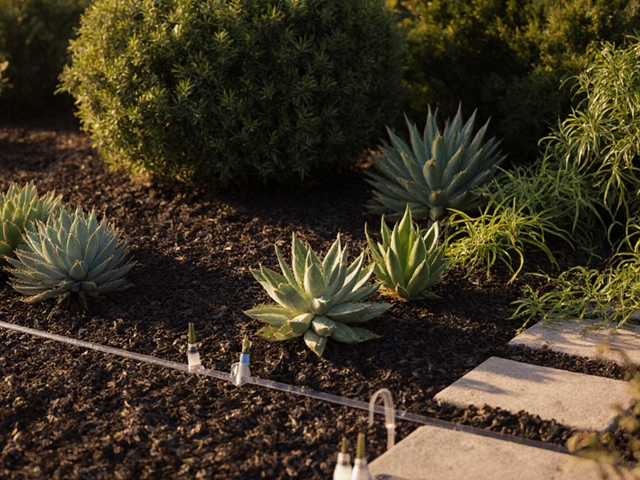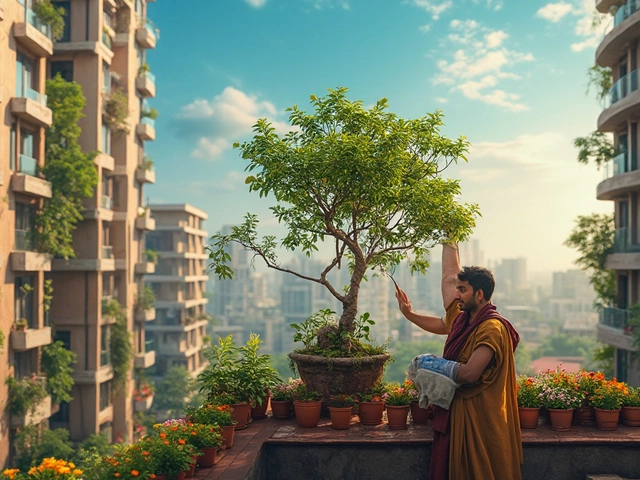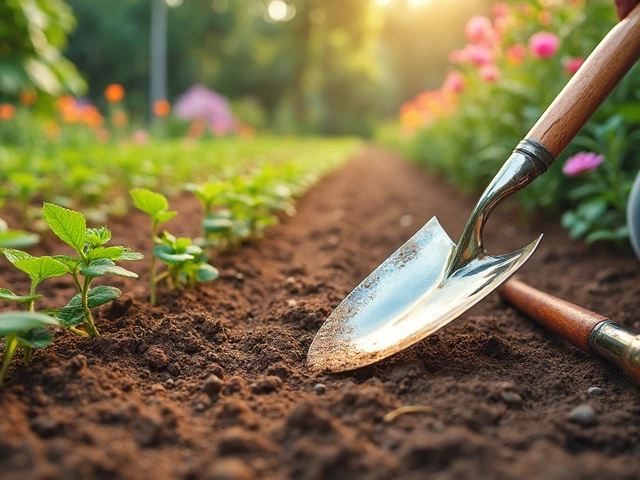Bonsai Tree Care: Simple Tips for Thriving Miniature Trees
Thinking about getting a bonsai? It’s not just a decoration; it’s a living art piece that reacts to how you treat it. The good news is you don’t need a green‑thumb degree to keep it healthy. Follow these everyday steps and your bonsai will look lively for years.
Watering and Soil Basics
First off, water is the most common mistake. Bonsai pots are tiny, so the soil dries out fast. Stick your finger about a centimeter deep; if it feels dry, it’s time to water. Use room‑temperature water and let it soak until it runs out of the drainage holes. Avoid letting the plant sit in a saucer for long – that can rot the roots.
The soil mix matters too. A good bonsai blend balances drainage and moisture retention – think akadama, pumice and a bit of lava rock. You can buy ready‑mixes online or at local nurseries in India. If you’re on a budget, a mix of garden soil, sand and compost in a 2:1:1 ratio works okay, but keep an eye on compaction. Lightly repot every two years to refresh the medium and trim the roots.
Pruning, Shaping and Light
Pruning is the heart of bonsai styling. In spring, cut back new shoots to the leaf node where you want a branch to stop growing. Use clean, sharp scissors to avoid tearing. For shaping, wire thin branches gently and bend them to the desired angle. Leave the wire on for a month or two, then remove it before it bites into the bark.
Light is another make‑or‑break factor. Most bonsai love bright, indirect sunlight. A sunny windowsill works for indoor species like Fukien tea or jade. If you can, place the tree outside for a few hours a day – just protect it from harsh midday heat. In hotter Indian regions, morning sun and afternoon shade is ideal.
Fertilizing keeps your bonsai fed without over‑doing it. During the growing season (spring to early autumn), use a balanced liquid fertilizer every two weeks. Cut the dosage in half for indoor plants or during winter when growth slows.
Lastly, watch for pests. Tiny insects like aphids or spider mites can appear on indoor bonsai. A gentle spray of water or neem oil usually clears them up. If you see yellowing leaves, check the soil moisture first – over‑watering is the usual culprit.
With these basics you’ll feel more confident handling your bonsai. Remember, every tree is different, so adjust water, light and pruning to what you see. Before long, you’ll have a miniature tree that looks like it belongs in a Japanese garden, right in your own home.

Bonsai Care for Beginners: Simple Steps to a Healthy Tree
New to bonsai trees? This guide explains what you actually need to do to keep your bonsai healthy, from watering and sunlight to pruning and repotting. You'll get straightforward tips that work even if you have zero experience. Plus, you'll learn why certain mistakes can quickly hurt your tree. Get ready to help your bonsai thrive with clear, no-nonsense advice.
About
Bonsai Care
Latest Posts


The Most Difficult Plant to Grow on Your Balcony
By Alden Thorne Feb 6, 2025

Ultimate Guide to Creating a Thriving Kitchen Garden
By Alden Thorne Jan 22, 2025

The First Essential Tool Every Gardener Needs
By Alden Thorne Apr 16, 2025
